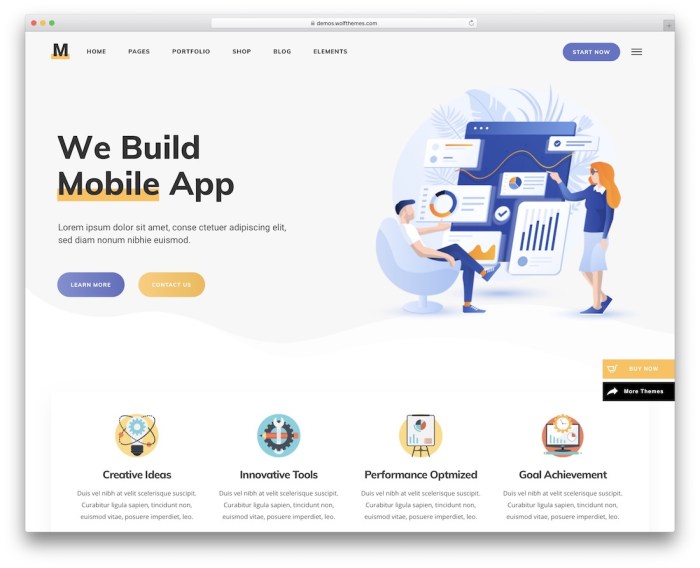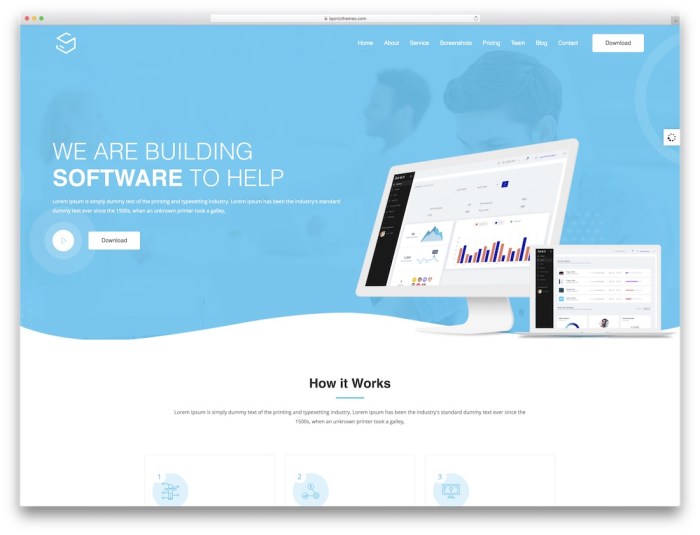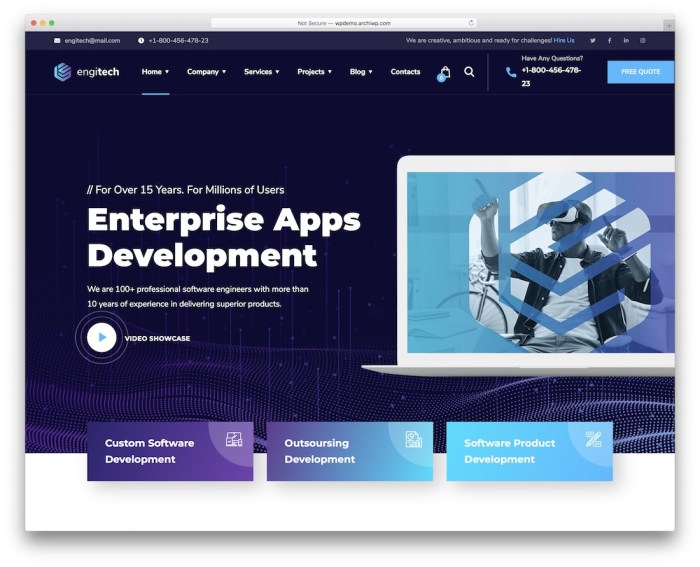Website red correo basura software sitio web encompasses a vast array of topics that are essential for website owners and developers to understand. This comprehensive guide delves into the intricacies of website redirects, spam prevention, software selection, website design, content creation, marketing strategies, analytics, security measures, and accessibility features.
By exploring these key elements, we aim to empower website professionals with the knowledge and tools necessary to create and maintain effective, engaging, and secure online presences.
In this guide, we will delve into the fundamentals of website redirects, examining their impact on website traffic and exploring various redirect types and their applications. We will also shed light on the nature of spam, its detrimental effects on websites, and effective techniques for preventing and filtering spam.
Additionally, we will discuss the critical role of software in website development and management, providing a list of essential software tools and guidance on selecting the right software for specific website needs.
Website Redirects
Website redirects are a powerful tool for managing website traffic and improving user experience. They allow website owners to forward visitors from one URL to another, either temporarily or permanently. Redirects can be used to fix broken links, improve website organization, and enhance search engine optimization ().
There are several types of redirects, each with its own specific purpose:
- 301 (Permanent Redirect):Permanently redirects visitors from one URL to another, indicating that the original URL is no longer valid.
- 302 (Temporary Redirect):Temporarily redirects visitors from one URL to another, indicating that the original URL is temporarily unavailable.
- 307 (Temporary Redirect):Similar to a 302 redirect, but specifically designed for HTTP/1.1.
- 308 (Permanent Redirect):Similar to a 301 redirect, but specifically designed for HTTP/1.1.
Effective redirect strategies involve carefully considering the purpose of the redirect, the type of redirect to use, and the impact on website traffic and . Proper implementation of redirects can enhance website performance and user satisfaction.
Correo Basura (Spam)

Correo basura, also known as spam, is unsolicited and unwanted electronic mail that is sent in bulk. It can have a negative impact on websites by clogging inboxes, wasting bandwidth, and potentially carrying malicious content.
Spam comes in various forms, including:
- Commercial Spam:Advertisements for products or services.
- Phishing Spam:Attempts to trick recipients into revealing personal information.
- Malware Spam:Contains malicious attachments or links that can infect computers.
To prevent and filter spam on websites, techniques such as spam filters, CAPTCHAs, and blacklists can be employed. Additionally, website owners can implement email authentication protocols like SPF, DKIM, and DMARC to verify the legitimacy of incoming emails.
Software

Software plays a crucial role in website development and management. It provides tools for creating, editing, and publishing website content, as well as optimizing website performance and security.
Essential software tools for website creation and optimization include:
- Content Management Systems (CMS):Allow users to easily create and manage website content without extensive coding knowledge.
- Web Development Tools:Provide functionality for designing, developing, and debugging websites.
- Search Engine Optimization () Tools:Help optimize websites for search engines to improve visibility and organic traffic.
- Website Analytics Tools:Provide insights into website traffic, user behavior, and conversion rates.
Choosing the right software for specific website needs requires careful consideration of factors such as website complexity, budget, and technical expertise.
Website Design

Effective website design is essential for creating a positive user experience and achieving website goals. It involves adhering to principles that enhance usability, accessibility, and visual appeal.
Key principles of effective website design include:
- User Experience (UX):Designing websites that are easy to navigate, understand, and interact with.
- Accessibility:Ensuring websites are accessible to users with disabilities, regardless of their assistive technology.
- Visual Appeal:Creating websites that are visually appealing and consistent with the brand’s identity.
Well-designed websites often feature clear navigation, intuitive layouts, and high-quality content. They prioritize user needs and strive to provide a seamless and enjoyable experience.
Website Content
High-quality website content is essential for engaging visitors, conveying information effectively, and achieving website goals. It involves creating content that is relevant, informative, and well-written.
Different types of website content include:
- Textual Content:Articles, blog posts, product descriptions, and other written material.
- Visual Content:Images, videos, infographics, and other visual elements.
- Interactive Content:Quizzes, polls, calculators, and other engaging elements.
Creating engaging and informative website content involves understanding the target audience, using clear and concise language, and optimizing content for search engines. Effective website content should aim to educate, entertain, or persuade visitors.
Website Marketing

Website marketing involves promoting websites to reach target audiences and achieve business objectives. It encompasses various channels and strategies to increase website visibility and traffic.
Different channels for website marketing include:
- Search Engine Optimization ():Optimizing websites for search engines to improve organic visibility.
- Social Media Marketing:Using social media platforms to promote websites and engage with potential customers.
- Content Marketing:Creating and distributing valuable content to attract and retain a target audience.
- Paid Advertising:Using paid advertising campaigns to reach specific audiences on search engines, social media, and other platforms.
Developing an effective website marketing strategy involves setting clear goals, identifying target audiences, choosing appropriate channels, and tracking results to optimize campaigns.
Website Analytics
Website analytics provide valuable insights into website traffic, user behavior, and conversion rates. They help website owners understand how visitors interact with their websites and identify areas for improvement.
Different types of website analytics data include:
- Traffic Data:Number of visitors, page views, and sessions.
- User Behavior Data:Time spent on pages, bounce rate, and click-through rates.
- Conversion Data:Number of conversions, conversion rates, and sources of conversions.
Interpreting website analytics data involves understanding key metrics, identifying trends, and making data-driven decisions to improve website performance and user experience.
Website Security
Website security is crucial for protecting websites from cyberattacks and ensuring the privacy and security of user data. It involves implementing measures to prevent unauthorized access, data breaches, and other security threats.
Different types of website security measures include:
- SSL Certificates:Encrypting data transmitted between a website and a user’s browser.
- Firewalls:Blocking unauthorized access to websites.
- Intrusion Detection Systems (IDS):Detecting and preventing malicious activity on websites.
- Regular Software Updates:Patching software vulnerabilities to prevent exploitation.
Protecting websites from cyberattacks requires a comprehensive approach that involves implementing security measures, monitoring website activity, and responding promptly to security incidents.
Website Accessibility
Website accessibility ensures that websites are accessible to users with disabilities, regardless of their assistive technology. It involves designing and developing websites that meet accessibility standards and guidelines.
Different types of accessibility features include:
- Screen Readers:Reading website content aloud for visually impaired users.
- Keyboard Navigation:Allowing users to navigate websites using only a keyboard.
- Alternative Text (Alt Text):Providing text descriptions for images to make them accessible to visually impaired users.
- Closed Captions:Providing text transcripts for audio and video content for deaf and hard of hearing users.
Making websites accessible benefits users with disabilities, improves user experience for all, and complies with legal requirements in many jurisdictions.
Quick FAQs: Website Red Correo Basura Software Sitio Web
What are the different types of website redirects?
There are several types of website redirects, including 301 redirects (permanent redirects), 302 redirects (temporary redirects), and 307 redirects (temporary redirects that do not pass along page rank).
How can I prevent spam on my website?
There are several techniques for preventing spam on websites, including using CAPTCHA forms, implementing spam filters, and monitoring website activity for suspicious behavior.
What are the essential software tools for website development?
Essential software tools for website development include text editors, web development frameworks, content management systems, and version control systems.
What are the key principles of effective website design?
Key principles of effective website design include user experience, accessibility, visual hierarchy, and responsiveness.
How can I improve my website’s ranking in search engine results?
Improving your website’s ranking in search engine results involves optimizing your website for relevant s, building high-quality backlinks, and creating engaging and informative content.